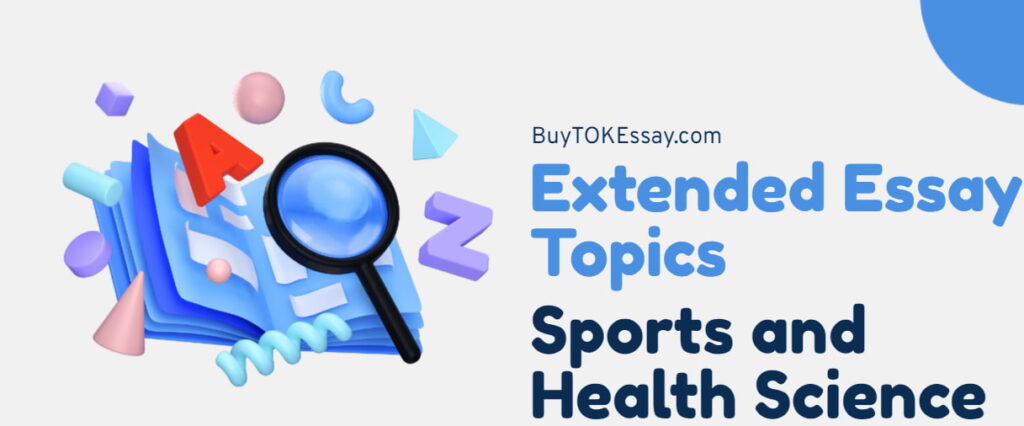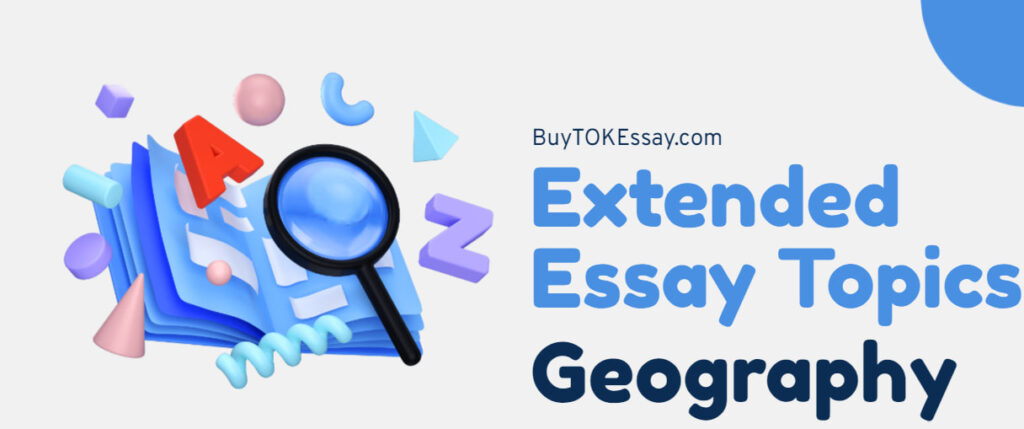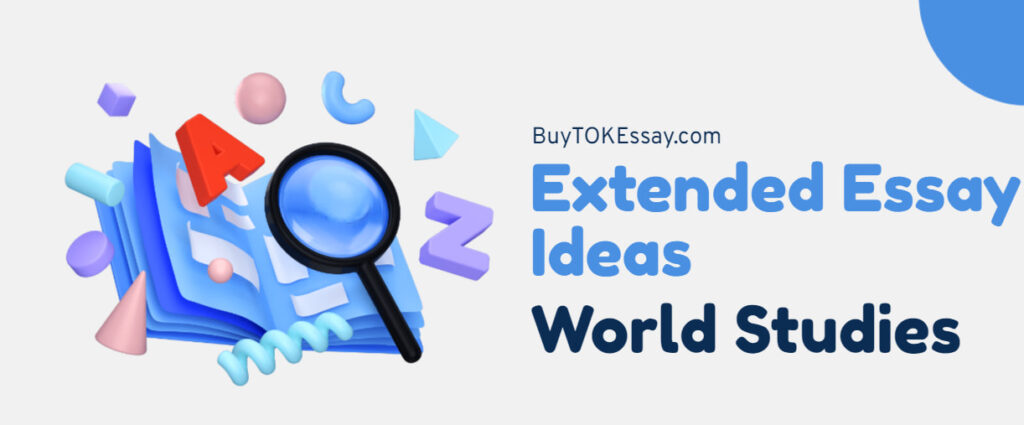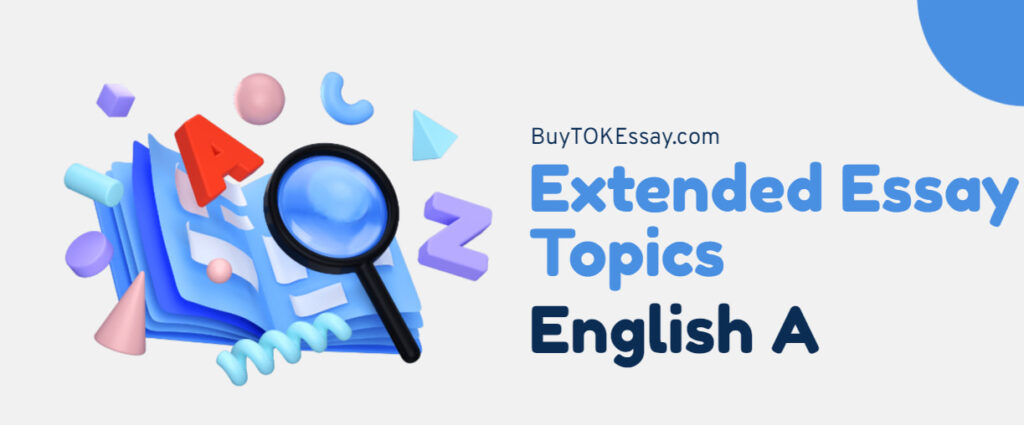You’re not the only one struggling to write an introduction for your IB extended essay. And you’ve come to the correct spot! In my experience, the introduction is one of the most undervalued aspects of an essay, but few students appreciate its significance.
Consider the introduction as the reader’s first impression of the whole work. It sets the tone for all that comes after if it is well-written, understandable, and captivating. However, before they’ve even viewed your research, your examiner may get skeptical if it’s unclear, dull, or perplexing.
Let’s make sure you’re prepared for the IB extended essay introduction writing by going over all the necessary details.
What Is the IB Extended Essay Introduction?
The introduction of an IB extended essay differs from that of a standard high school assignment. In fact, I’ve repeatedly seen students treat it as if it were one. This introduction is more organized and thoroughly assessed by examiners, in contrast to the type of informal or too general ones you could use in other classrooms. Its goal is clear: to provide the framework for your essay and show that you have considered your research thoroughly.
From what I’ve seen, this part works like a short plan. What you’re writing about isn’t enough; you have to show why it’s important, how you’ll approach it, and why your point of view is scientifically solid. It’s your first chance to show that your paper has a point and something to say, considering that IB removed an abstract from the extended essay.
IB Criteria for Extended Essay Introduction
The introduction needs to do a few key things to meet IB standards.
- Make the research question very clear. Your whole paper is built on this, and examiners expect you to make it clear from the start.
- Describe the topic’s setting and history. Briefly describe the background information that helps put your question in a bigger academic or real-world context.
- Explain why the subject should be looked into. You need to say why this question or problem is important from an academic and a subject matter point of view.
- Describe the methodology that you will use. Give a brief explanation of your methods and your approach to addressing the research question.
I think that following these points in the EE introduction crafting makes the process go more smoothly. Students tend to write more focused and logical essays when they include all of these elements. Examiners will want to evaluate whether you know your subject well enough to present it smartly and put it in the context of an intellectual discourse.
Word Count and Structure Guidelines
How long ought it to be now? Although the IB has no rigid word limit requirement, 250 to 300 words is usually the sweet spot. That may seem brief, but it’s more than sufficient if you’re strategic.
Keep it brief yet meaningful. The reader shouldn’t be overloaded with information in this part, just enough to introduce the essay. Don’t go in-depth about your arguments or supporting data; save it for the body. It should not be so short, however, that your introduction comes out as undeveloped or unclear.
For my part, I advise students to write a somewhat lengthier initial draft before cutting it down. This way, you avoid leaving out details to fit them under an artificial restriction. Consider your essay’s introduction a first impression; it should be concise, self-assured, and well-structured rather than hurried or overburdened.

When Should You Write an Extended Essay Introduction?
One of the biggest myths I see among students is that the introduction should come first. While that might work in some types of writing, it’s not the best style for the IB extended essay introduction.
It’s better to write an introduction after you draft the body of your extended essay.
From the many writings I’ve helped students edit, I think it’s best to write the introduction of an extended essay after the main body. Why? The introduction should accurately describe what the essay is about. Your research topic will likely change, your reasons will grow, and your format will change if you write it too early. That means you’d have to either redo the introduction from scratch or risk turning in something that doesn’t match the end material.
Let your research guide the EE introduction writing.
You’ll be able to write a strong and clear introduction much more easily once your argument is clear, your main points are chosen, and your ending is strong. After that, you’ll know how your research went, your method, and why your subject is essential. It gives you the background and clarity you need—things the IB values.
Instead of speculating, use the introduction in your extended essay to reflect.
Also, writing it last helps you avoid unclear or guessy words. You don’t have to say what you will do; you can just say what you have already done. Your IB extended essay introduction is much better and more convincing now that you’ve changed the tone from “possible” to “actual.”
So, don’t immediately worry about writing a flawless introduction if you’re still working on your extended essay. Prioritize a strong body section. After that, writing the introduction will be simpler since your thoughts will be completely formed.
How to Write IB Extended Essay Introduction?
Students looking at a blank paper and waiting for inspiration to hit often ask me that question. Treating the IB extended essay introduction as a strategic plan is, in my opinion, the best course of action.
1. Catch the Reader
Initial impressions count. For this reason, I usually begin with an attention-grabbing sentence. No, you don’t have to be dramatic or witty. But a strong, relevant beginning, like an interesting fact, a short historical note, or even a sharp quote, can make a difference.
The following are some good hooks:
- A short quote from a scholar or a thought connected to your subject.
- A number or figure that shows how big or important the problem is.
- Your research question is linked to a recent event or real-life example.
- A short story or thought that shows how you relate to the topic.
A hook isn’t about tricks and source listing; it’s about being relevant. I believe that a clear, well-thought-out beginning shows that you take your work seriously and are aware of your audience.
2. Define the Topic and Context
Now that you have people’s attention, you need to decide what you want to focus on. Don’t think that your reader already knows about the subject. What is your topic, what field does it belong to, and why is it being looked at now? When writing about history, give a picture of the period. When writing about science, explain the idea or experiment. When writing about literature, name the author or text.
So, hold on tight. The examiners don’t want a history lesson. Just give enough background to make sense of your research question, and then stop.
3. State Your Research Question
The introduction to your IB extended essay must have a clear research question. Do not bury it in a paragraph or use vague wording to hide it. Make sure it’s easy to find and written in a sentence by itself.
Like: “To what extent did economic factors contribute to the fall of the Weimar Republic?”
You should be clear about this. That’s what examiners are looking for, so they should be able to find your research question quickly.

Need Help with Your IB Extended Essay?
Whether starting from scratch or fine-tuning your existing assignment to meet your supervisor’s demands, the BuyTOKEssay.com team is here to make your dream of a perfect paper a reality. Just buy an extended essay from our IB experts and say goodbye to writer’s block!
4. Justify the Importance of Your Research
After telling the reader your question and topic, you need to say why they’re important. It’s not enough to just persuade the reviewer; you also need to show that your work is valuable. Many IB students make the mistake of writing meaningless, general comments, which I know from experience. “This subject is important because it happened in the past” is not a good answer. Ask yourself instead.
- How does this issue affect my subject area?
- What arguments or questions do people have about this subject?
- For what reason did I pick this angle?
You can include both scholarly worth and personal interest in your answer. In fact, adding a line about what interested you in the subject shows that you are mature and interested.
5. Mention Methodology and Sources
It is unnecessary to give a full breakdown, but you should quickly explain how you plan to answer the question. Are you using statistical data to examine texts, compare historical sources, or plan an experiment?
I’ve seen that students who talk about their methods right away seem more sure of themselves and ready. This proves that you have a good question and a plan for answering it.
As an example:
“This essay looks at the role of financial strategy in the fall of the Weimar government using letters and economic data from the 1930s.”
It should be short and clear.
6. Outline the Essay’s Structure
Conclude your introduction by giving a brief synopsis of the next section. A line or two describing the framework of your essay can help the reader follow your reasoning (but now is not the time to show all of your points).
Here’s an illustration:
“The historical context is given in the first section, which is followed by a political decision analysis and a conclusion evaluating the economic effects of the fall of the Republic.”
This kind of synopsis gives the examiner confidence that your essay is coherently organized and simple to read. Believe me, you will have an edge when your introduction contains a solid sample of the essay’s structure. It shows that the remainder of the essay will follow suit.
Final Thoughts
In short, you need to be clear, relevant, and intentional when writing the introduction to your IB extended essay. You’ll get your paper off to a great start if you follow this structure: hook, background, question, meaning, method, and plan. That can make all the difference, as I’ve seen many times.
And if you get stuck or need help from a professional, contact us at Buy TOK Essay Service. We can help you with IB tasks like TOK essays, extended essays, and more.





